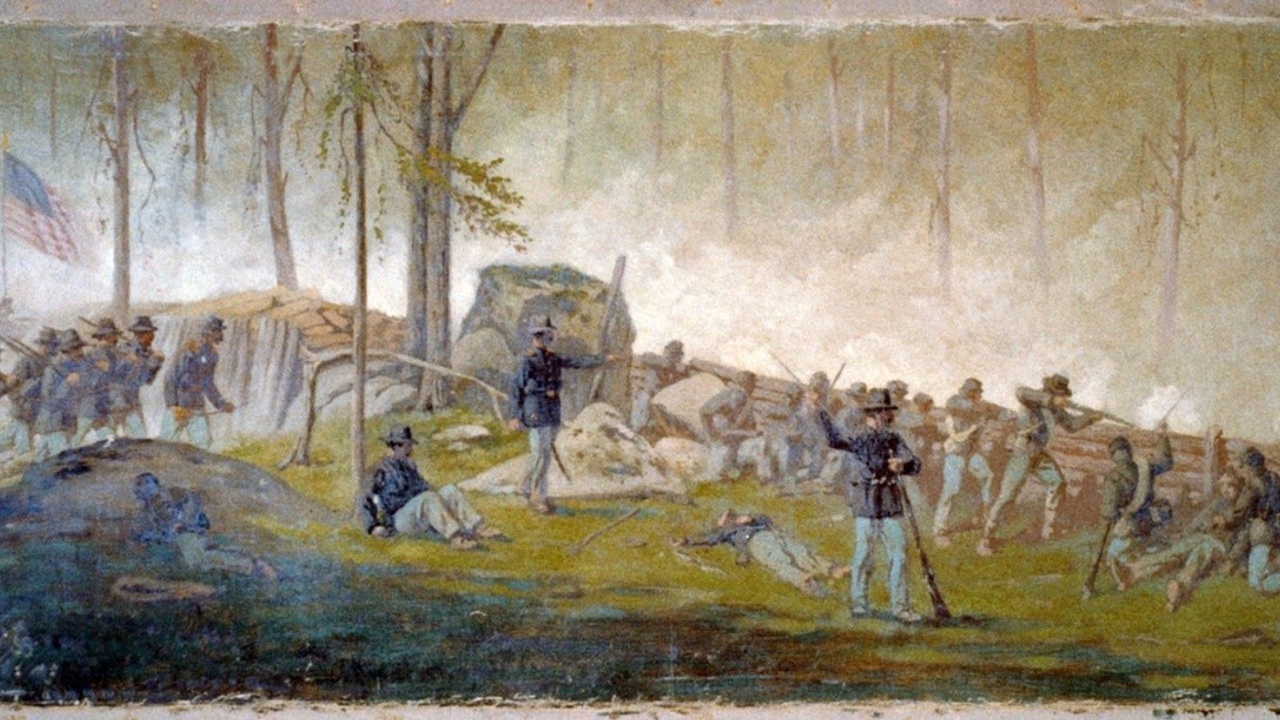
Yurts And Other Wonderful Things
The sound of certain words aligns with the object they describe…
Dunk has the emphatic energy of forcing a basketball through a net.
Willow bends between syllables, just like the pliable shrub.
Yurt is a quirky but stout word, similar to the circular canvas tent it describes.
I pondered these random phonetics while recently spending three days with my family in a Back Country Yurt. Having not camped as much as we’d hoped in the Fall, my wife and I decided a winter yurt trip could be a great family adventure. Nine years earlier, almost to the day, we had stayed at the same yurt. The baby that grew in my wife’s stomach then now bobbed her head along with her two younger siblings in the backseat of our car.
Wind sharpened cold met us at the trailhead. We spent the next fifteen minutes layering our children in enough winter clothes to cut their limb’s range of motion in half. Because who needs range of motion while hiking? We ratcheted our snowshoe’s bindings and began the grueling 0.7 mile long hike.
Ten yards down the crusty snow packed trail I realized snowshoes were unnecessary. But telling someone you went snowshoeing with your kids makes you sound twice as cool as the lowly outdoor tourist who merely hikes with his kids. The snowshoes stayed on. We sauntered down the trail, and my head swiveled to take in the surrounding color. Bare willows threaded the valley a muted purple. Gray patches of beetle-killed pine thinned the deep green mountain sides. The Rawah Mountains wore her timberline snow with the pride of a five year old wearing a new Easter dress.
Predicting your kids’ outdoor endurance can feel like the final challenge of a rigged game show. But this time we were lucky. The hike produced minimal complaining, and we arrived at the yurt before mutiny became a viable option. We creaked the door open and saw a chipped and checked green plywood floor painted many years ago. Oatmeal shaded canvas walls seemed to hold more smoke than pigment. The cupboard’s plastic dishes appeared to be on their third owners. Thankfully none of us expected or wanted Pinterest-worthy interior decorations.
The yurt was no more than 15 feet in diameter. Which meant our personal space allotments would have made a dyed in the wool New Yorker uncomfortable. Even so, for three days we settled into a simple pace, meeting age old needs: warmth, water, and entertainment for young kids.
It would be hard to overstate how important the yurt’s small wood stove was to the weekend. In twenty minutes the stove’s fire thawed the winter filled yurt into an atmosphere that was nothing but pleasant. The firewood was pine, which seemed to burn only slightly longer than crumpled paper bags. But that gave our kids a needed excuse to stoke the fire and marvel at the mystery of combustion.
A massive stock pot sat next to the wood stove. I assumed it was for melting snow for water, but why so big? Why would a tiny yurt need a pot stolen from industrial syrup makers in Vermont? The answer slowly appeared as I lugged the pot outside and filled it with snow that was powder dry and light. After a few hours on the wood stove, two measly quarts of water sat at the bottom of the pot.
Just beyond the yurt sat a treeless hill with enough slope to fuel a sled at acceptable speeds. Initially I bemoaned a small stand of shrubs at the bottom of the hill. But it turns out they were ideally placed and served as a needed speed bump to slow our careening sled before reaching peak velocity straight into a down tree. We took turns bombing down the hill, straddling the unclear and wonderful line between play and risk.
Goodness silhouetted our time. I easily saw the outlined gifts of where I was and who I was with, but the weekend’s deeper significance was unclear. Given the setting I assumed the riddle could be solved by some combination of early church monastic wisdom and teaching from Thoreau. That proved tough when I remembered more about my high school US Lit teacher’s beard than his lectures on the transcendentalists. I couldn’t generate some profound statement about how yurt-life had redefined our needs and wants. There was no mic-drop statement about the need for unhurried living.
Five weeks later I still have no profound takeaway. But I have memories that are more than shadowy outlines: the color of the valley, my children’s uncontained sledding giggle, and my wife’s arm over my shoulder as we fell asleep to a crackling fire.
I’m not sure more is needed beyond that.
Jesse French
Restoration Project Executive Director




